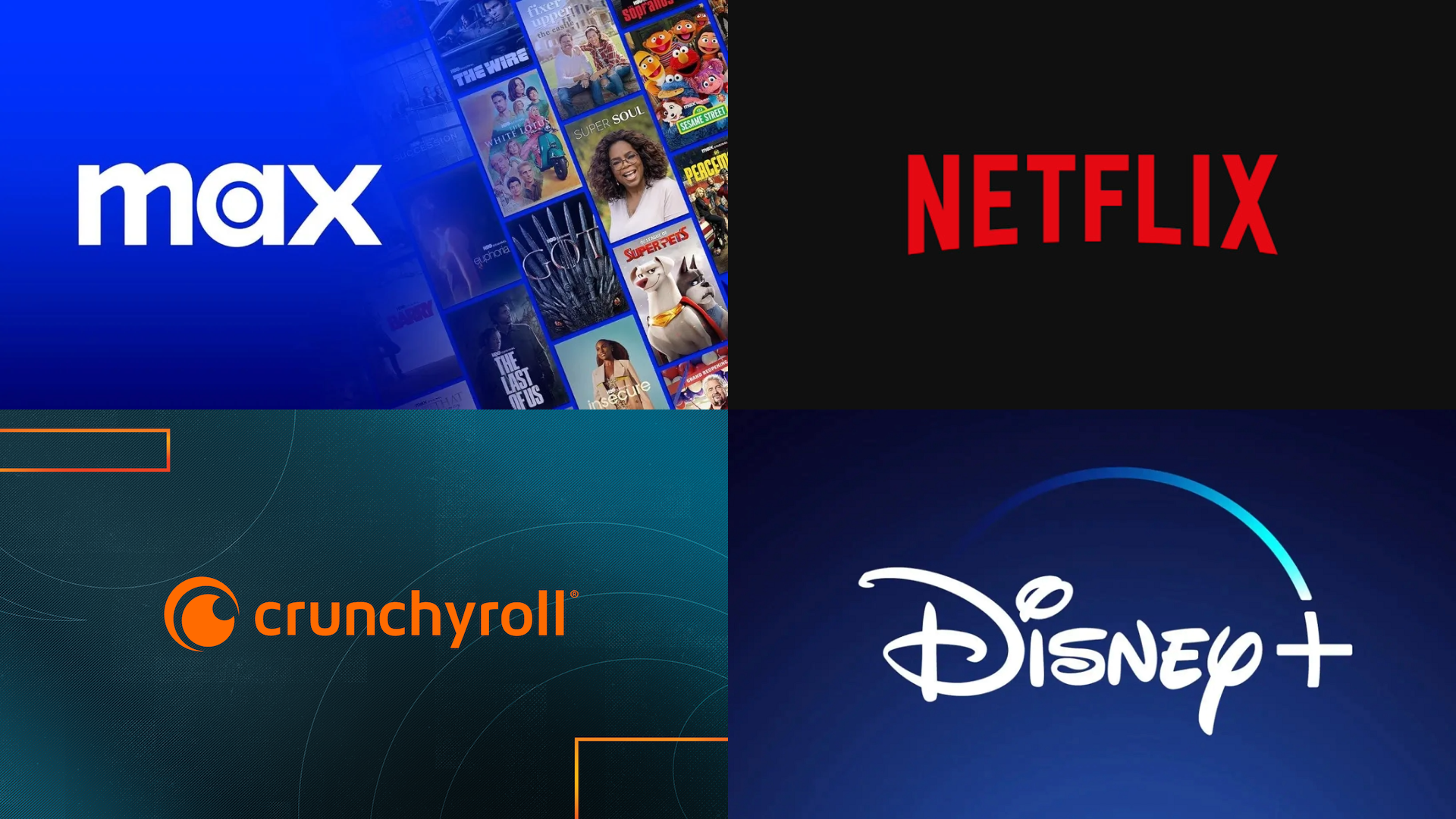The Streaming Wars: The Fight For Your Viewing Attention

In this blog post, we will delve deeper into the complex and ever-evolving world of streaming services and the expanding streaming wars. A topic extensively explored in our latest podcast episode, "Samurai, Helldivers, and Streaming - Oh My!" (Listen here!). This post will examine the challenges of navigating the current streaming landscape, focusing on the rising costs, the sheer number of available platforms, and potential future shifts within the industry.
The Expanding World of Streaming
The rise of streaming services has profoundly transformed how we consume entertainment. The era of relying solely on cable television or physical media is now (sadly) a thing of the past. Today, we have a ton of options, each offering unique libraries of movies, TV shows, and original content. However, this abundance presents a significant challenge: navigating this overwhelming selection to find desired content.
From established giants such as Netflix and Disney+ to smaller, specialized services focusing on niche genres or international content, the market is saturated with no sign of slowing down. While this expansion has undeniably broadened access to diverse programming, it has also created a fragmented landscape, complicating the tracking of available content and, more importantly, costing consumers even more than cable.
The Financial Burden Of Bingeing
The extensive choice comes at a financial cost. Subscribing to multiple streaming services can quickly accumulate, resulting in a substantial monthly expense equivalent to an entire bill. While individual services may appear reasonably priced, the cumulative effect of multiple subscriptions can strain household budgets. This "streaming stack" has become a major concern for consumers, prompting them to question the value of subscribing to numerous services simultaneously and even forcing us to be extremely selective in what we sign up for.
Price increases are also becoming a factor. Streaming companies frequently adjust their pricing models, often raising subscription fees to offset rising production costs and competition. These ongoing increases further burden consumers, forcing them to make choices regarding which services to retain or cancel.
The Streaming Wars: Fighting For Your Attention
The proliferation of streaming services has ignited fierce competition—a veritable "streaming war"—among providers. Each platform vies for subscribers and their watch time, creating a hyper-competitive environment where innovation and exclusive content are crucial for survival. This competition manifests through aggressive marketing campaigns, the acquisition of exclusive licenses for popular shows and movies, and the creation of high-quality original programming.
While this battle for viewers drives the production of outstanding content benefiting consumers, it necessitates ongoing investment in expensive productions, potentially pushing subscription costs higher and further fragmenting the market.
Consolidation or Chaos? The Future Of Streaming Services
The future of the streaming industry remains uncertain. Two potential scenarios are unfolding. First, consolidation: we may witness a wave of mergers and acquisitions, leading to fewer, larger streaming giants controlling a greater market share. This could result in more streamlined, bundled packages, offering subscribers access to a wider range of content at a consolidated price while severely limiting their options on where to spend their money if they do not like a certain company. This will also create monopolies, meaning companies can charge abhorrent prices with no competition to keep them in check.
Alternatively, the industry could descend into greater chaos. The sheer number of services might lead to market saturation, making it difficult for smaller players to compete and causing some to fail, which we have already begun to see happening. This scenario might result in a more unpredictable and fragmented market, with providers continuously entering and exiting the scene.
Navigating The Streaming Landscape
For consumers, navigating this complex landscape requires strategic approaches. Simply subscribing to every appealing service is no longer viable. Careful consideration of viewing habits, desired content, and budget constraints is essential. Many consumers are adopting strategies such as subscribing to services on a rotating basis, canceling subscriptions during periods of low viewing, or sharing accounts with friends and family to reduce costs.
The search for value has led to increased interest in cost-effective solutions. Bundled services, ad-supported tiers, and even piracy (although illegal and ethically questionable) have all become relevant in discussions about accessing entertainment affordably.
Given our podcast discussion, here are a few recommendations based on different preferences. For fans of anime and video game services like Crunchyroll and HiDive are solid choices with large enough libraries to keep fans happy and cost around $15 total. Try and bundle for mainstream media where you can. However, never bundle your anime subscriptions, as many will omit shows from your package due to license issues. I recommend checking out our podcast episode "Samurai, Helldivers, and Streaming - Oh My!" for the full conversation on the topic. Until next time, happy streaming!
We may earn a small affiliate commission from purchases made using links on our page











